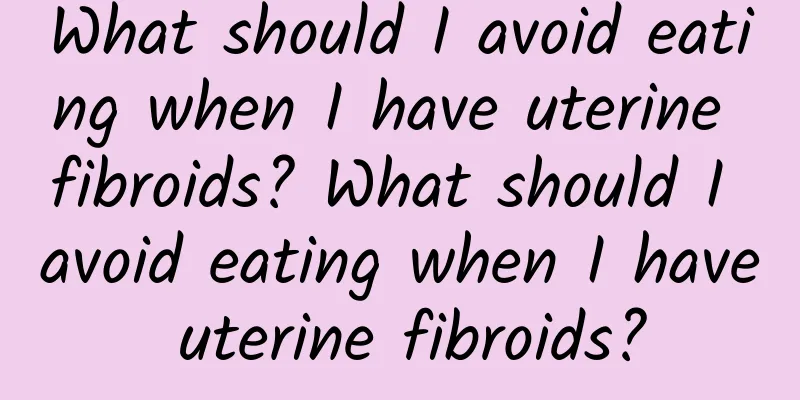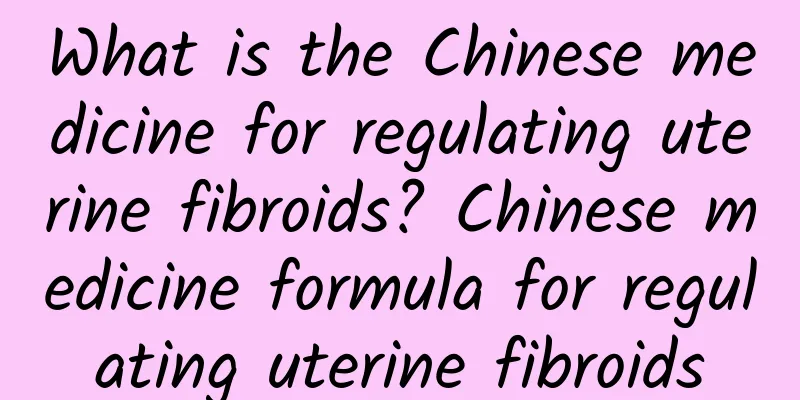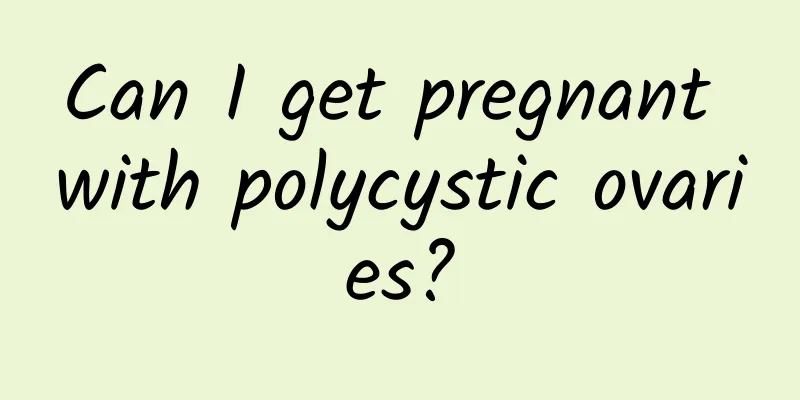Traditional Chinese medicine Shugan Sanjie decoction can effectively treat uterine fibroids

|
Shugan Sanjie Decoction is a commonly used prescription in Traditional Chinese Medicine for the treatment of uterine fibroids. It has the effects of soothing the liver and relieving depression, promoting blood circulation and removing blood stasis, and softening and dispersing nodules. It originally came from the book "Famous Doctors' Proven Prescriptions". Ingredients of the prescription: Bupleurum, raw oyster, Salvia miltiorrhiza, red peony root, Scrophularia ningpoensis, Angelica sinensis, Prunella vulgaris, seaweed, kelp, pumice, Achyranthes bidentata, and Fritillaria cirrhosa. Explanation of the prescription: Traditional Chinese medicine believes that uterine fibroids are closely related to the location and sensory distribution of the liver and gallbladder meridians, so the treatment process is treated with the method of soothing the liver and dispersing the knots, so as to achieve the purpose of unblocking the meridians and promoting the flow of qi and blood. Among them, Bupleurum has the effect of soothing the liver and relieving depression; Angelica, Red Peony Root, and Salvia Miltiorrhiza can be used together to achieve the effect of regulating the liver and removing blood stasis; and Achyranthes bidentata can lead the medicine downward, while oyster, pumice, Scrophularia, Fritillaria cirrhosa, Prunella vulgaris, Sargassum, and Kelp can be used together to soften and disperse the knots. Using these 12 important herbs together can effectively treat uterine fibroids. It should be noted that if patients with uterine fibroids have symptoms such as sternal chondritis and breast hyperplasia, dandelion can be added in appropriate amounts; if patients have thyroid tumors, platycodon and Xiaojingdan can be added; if patients have irritability and sweating, endosperm gardenia and fermented black bean soup can be taken together; if patients are in menopause and have excessive menstruation, the content of Achyranthes bidentata can be increased, and Zelan leaves can be added; if patients have cervical lymph node inflammation, Achyranthes bidentata should be removed and Platycodon and Citrus aurantium should be added. |
<<: How to deal with various vaginitis in expectant mothers
>>: To relieve dysmenorrhea, women may try sleeping naked
Recommend
What are the recovery methods for uterine prolapse?
What are the recovery methods for uterine prolaps...
Common medical diagnostic criteria for ectopic pregnancy
It is difficult to correctly diagnose ectopic pre...
7 ways to stay active and fall in love with exercise
I hope you’re not lying on the couch, eating pota...
What are the main clinical manifestations of ectopic pregnancy?
Many people do not know much about ectopic pregna...
Walking for one hour a day can reduce the risk of obesity by half
After a busy day at work, your butt is almost roo...
Does abortion have any impact? There are 4 major hazards
Abortion is not uncommon in our lives nowadays. S...
Will the baby only get fatter in the later stages of pregnancy? Nutritionist: Eating starch this way won’t make you fat
There is a rumor on the Internet: "The weigh...
What are the obvious manifestations of female cervical erosion? Two major clinical manifestations of female cervical erosion
As the saying goes, being a human is difficult, a...
What are the hazards of cervical erosion in women? Cervical erosion has three major hazards to women
What are the dangers of cervical erosion? 1. Caus...
Polycystic ovary disease can lead to infertility. Eat less eggs in a smart diet.
Eggs are rich in nutritional value and are one of...
How to treat irregular menstruation in the 20s? Irregular menstruation in the 20s may be caused by these 7 causes
What should I do if I have irregular menstruation...
How to treat chronic cervicitis in women? Chronic cervicitis in women can be treated by massage.
Chronic cervicitis is a common gynecological dise...
What is the description of adenomyosis on B-ultrasound?
bWhat is the super description of adenomyosis? Ty...
A bowl of miso soup a day can prevent fat accumulation
Milkshakes, smoothies, yogurt, oatmeal… These bre...
How to treat pelvic peritonitis in western medicine
Similar to the treatment of acute salpingo-oophor...









